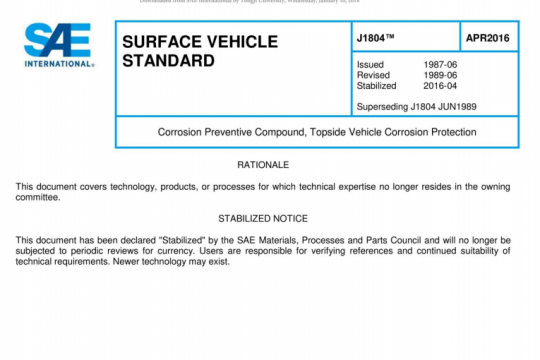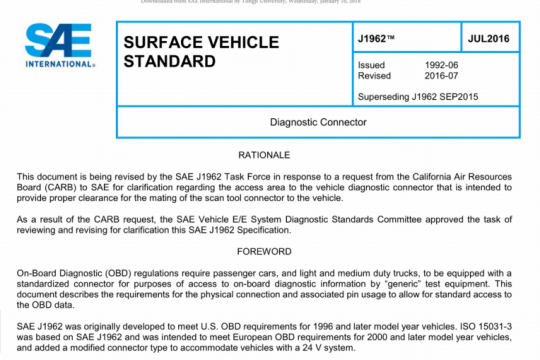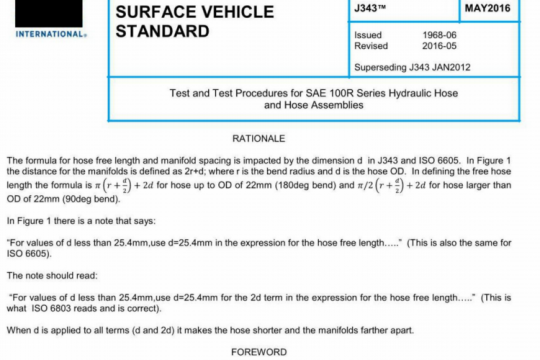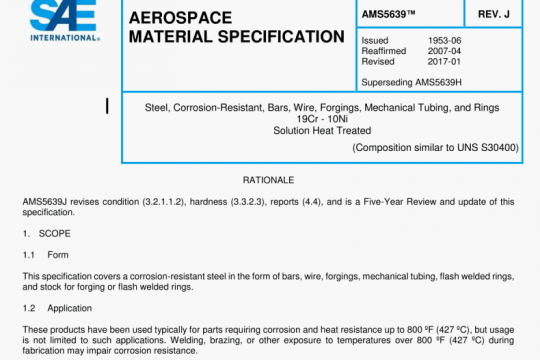SAE J2709:2019 pdf free
SAE J2709:2019 pdf free.Coolant Filter Test Procedure
This SAE Recommended Practice is applicable to coolant filters installed on mobile or stationary equipment. It describes a body of tests used to characterize the stuctural integrity and filtration performance of coolant filters.
The purspose of this document is to provide a standardized method for evaluating the performance characteristics on bench equipment. This combined with data collected from “in-service” applications may be used for establishing standards of performance for coolant filters tested in this manner.
The test procedure determines the contaminant capacity of a filter, its particulate removal characteristics and differential pressure. Test filter in accordance with ISO 4548-12.
CAUTION: Some coolant filters have chemical additive packages built within that will dissolve into the system fluid. It is suggested that these additive packages be removed prior to multipass testing the cartridge.
This test determines the ability of the filter to withstand the vibratory forces that occur during engine operation. Test filter in accordance with ISO 4548-7.
The test liquid shall be 44% by volume low silicate glycol-based coolant prepared with corrosive water. The coolant shall meet ASTM D 4985 requirements, (Do not add Supplemental Coolant Aditives). The corrosive water can be prepared by dissolving the following amounts of anhydrous sodium salts in a quantity of distilled or deionized water
The test stand shall be composed of the following; system reservoir with lid to contain 1 condense evaporated test fluid,pump, bypass circuit with valve, temperature and differential pressure gages, test filter base, flow meter and backpressure valve.
Mix system test fluid as prescribed in section 6.1. The amount of test fluid required is based on the size of the test system reservoir and the test filter. Install test filter and start pump. Run the system for 5 minutes to ensure that the system is operating properly and to remove trapped air.
Take initial differential pressure readings. Operate the system continually except for two 8-hour shutdowns per week. The interval between shutdowns should be about 3 days. Follow this schedule, at 152 hours net hours of operation per week,until 1064 hours of operation have been completed or test filter has reached termination pressure (termination pressure to be set between manufacturer and customer, a value of 172 kPa to be used as a default termination pressure reading).SAE J2709 pdf free download.




